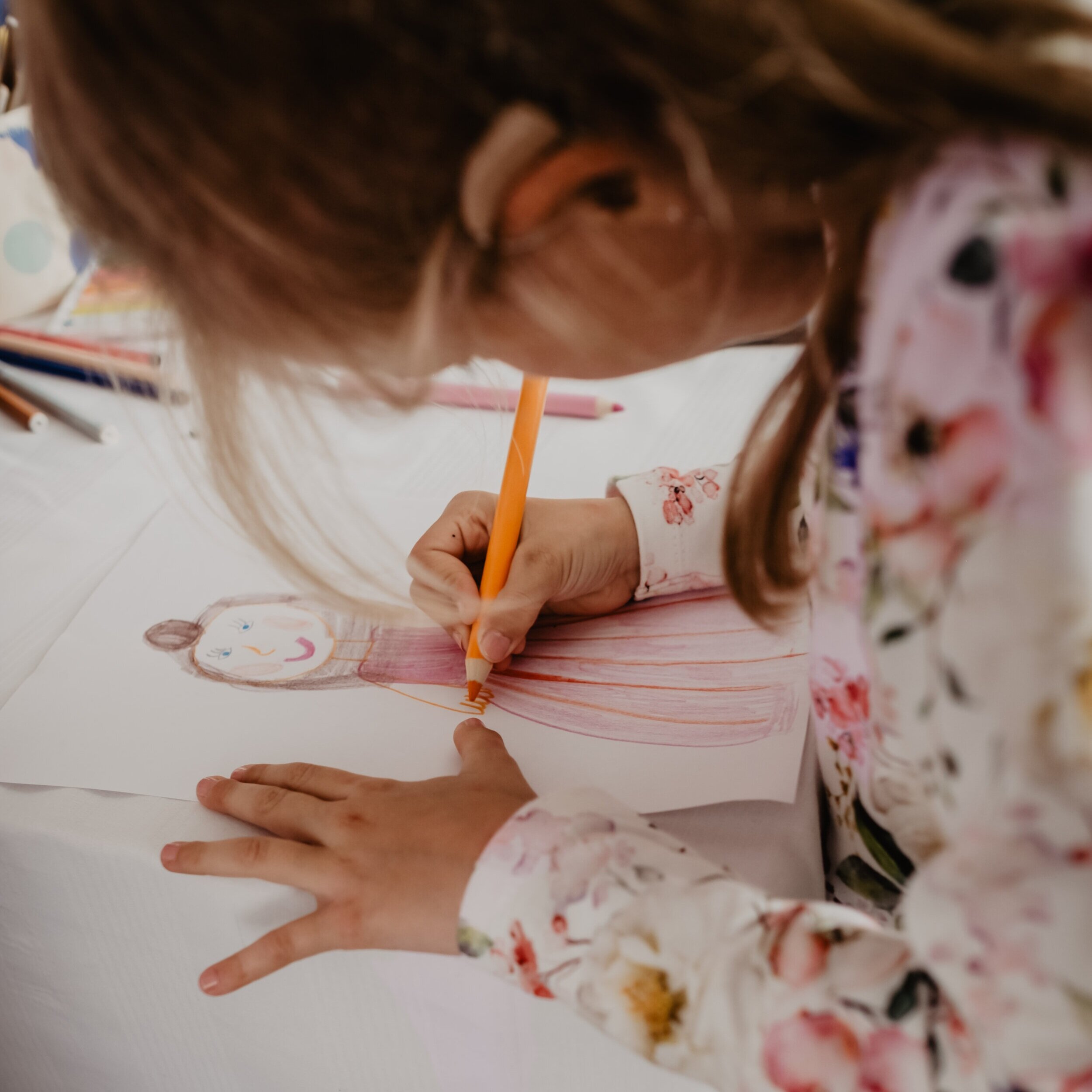Why is hearing loss increasing in younger people?
Most people consider hearing loss to be a problem associated with old age, but researchers and doctors are finding rising rates of hearing issues in younger people. In fact, the World Health Organization estimates that over 1.1 billion young people are at risk of hearing loss from recreational habits alone.
While hearing loss in young people is on the rise, understanding this issue and taking steps towards prevention can help preserve our children’s hearing.
Why do young people suffer from hearing loss?
Most hearing loss occurs through a process called presbycusis, where the tiny hairs in the ear that help us differentiate sound become damaged due to wear and tear. This typically happens over a lifetime of noise exposure and general aging, but it can be hastened by other factors.
Hearing loss in young people is a result of either congenital issues or is acquired through lifestyle habits that cause presbycusis.
Congenital hearing loss
Congenital hearing loss is present either at birth or shortly after. There are several potential causes, such as genetic factors, low birth weight, maternal health issues during pregnancy, and nerve damage.
Acquired hearing loss
Acquired hearing loss can occur at any age and is related to either lifestyle choices, habits, injury, or illnesses. For instance, certain infectious diseases (like meningitis or chronic ear infections) can damage the ear and diminish hearing. In other cases, an injury to the head or ear or blockage from foreign objects may cause lasting damage and impair hearing.
Recreational listening habits and hearing loss in youth
Of all the acquired contributing factors of hearing loss in children and adolescents, listening habits are some of the most common, yet avoidable causes.
Today’s youth is at risk of developing hearing loss mostly from long-term exposure to high-decibel sound through headphones. Our modern-day headphones sit right inside our ears and reach volume levels far beyond what doctors deem to be the safe upper limits (70-85 decibels).
The negative effects of our new devices were highlighted in a study that showed a significant increase in hearing loss rates between 1988-1994 and 2005-2006 (when iPod use skyrocketed). Beyond daily exposure from personal devices, extreme noise exposure at concerts, clubs, sporting events, and bars can also contribute to long-term hearing damage in both young people and adults.
What’s worse, most young people don’t notice the damage they are doing to their hearing (or the fact that hearing loss is permanent) until it is too late. While listening, we aren’t always sure what “safe” sound levels are, or when we’re going beyond the healthy threshold.
What can young people - and adults - do to prevent further hearing loss?
Hearing is a precious sense and deserves to be protected. Thankfully, there are a few ways experts recommend to protect your hearing and prevent unnecessary damage.
Turn down the volume. Many of us, especially young people, aren’t sure how loud is too loud. In most cases, keeping the device volume at 50% of maximum (or lower) is safest.
Wear earplugs in high-volume locations. This includes events like concerts or simple activities like mowing the lawn.
Reduce exposure to damaging noise. When possible, avoid places or events with extreme noise or stand away from loudspeakers.
Better Hearing for the Future
HeardThat cares deeply about enhancing the lives of those with hearing loss - both now and in the future. Learn more about how the HeardThat App can help you or a loved one hear conversations more clearly.

